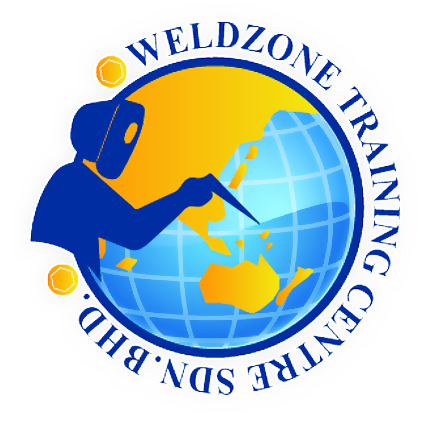
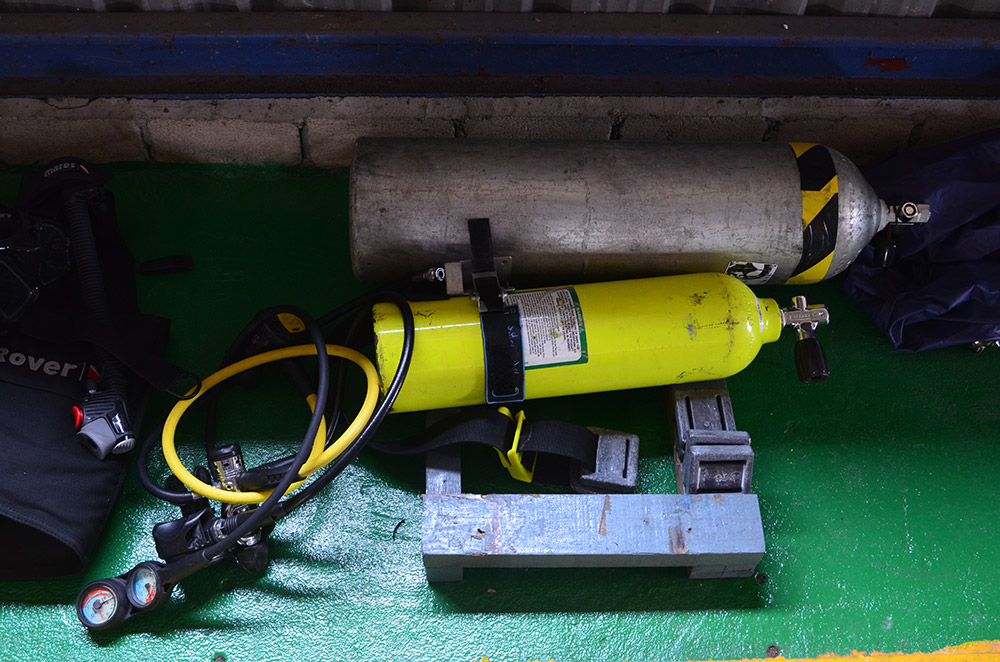

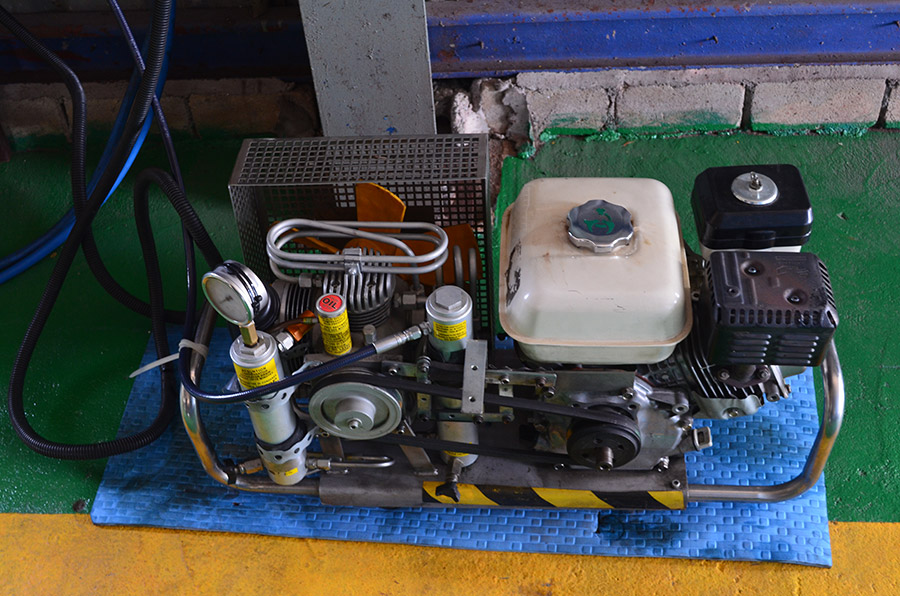
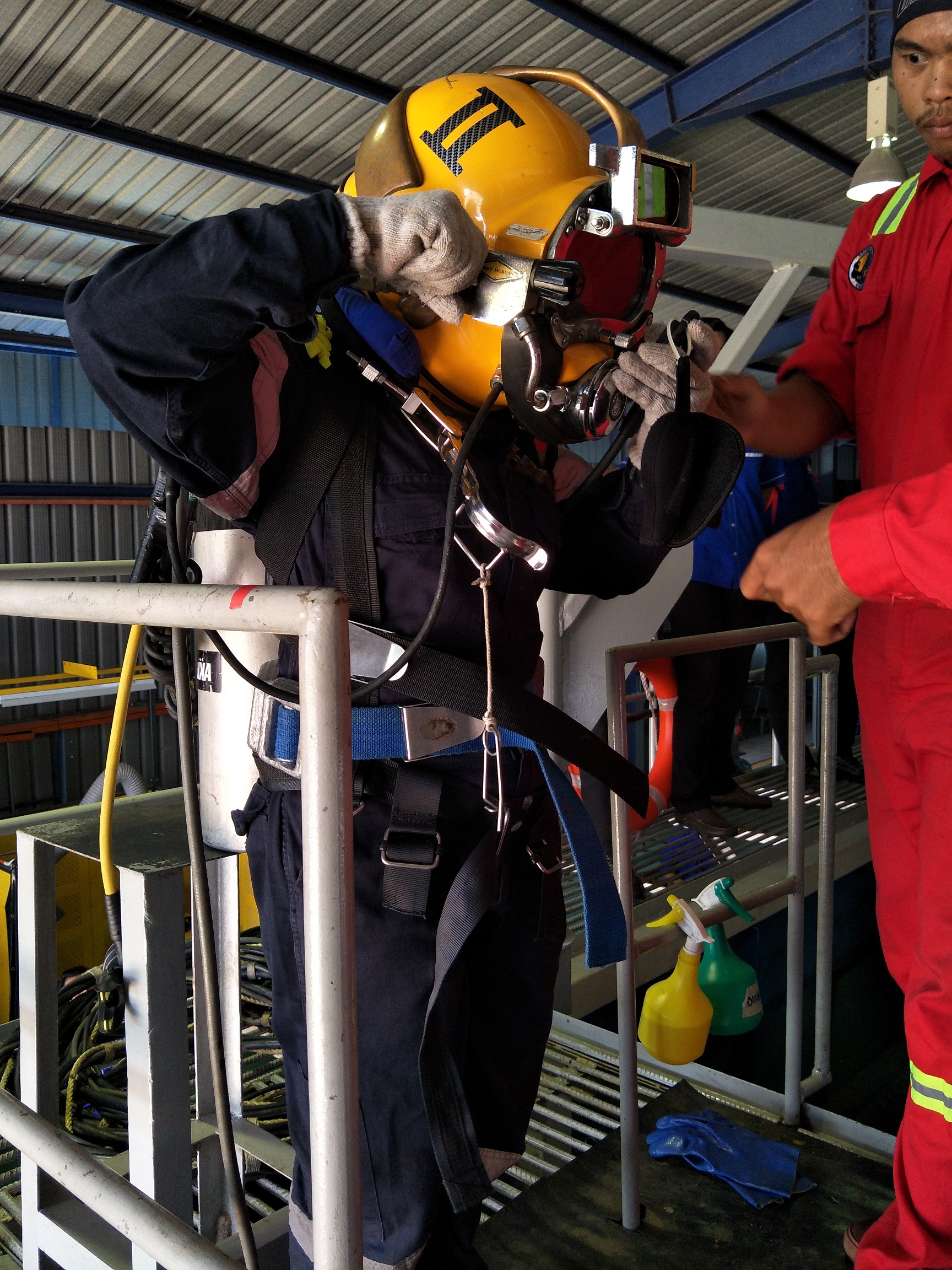



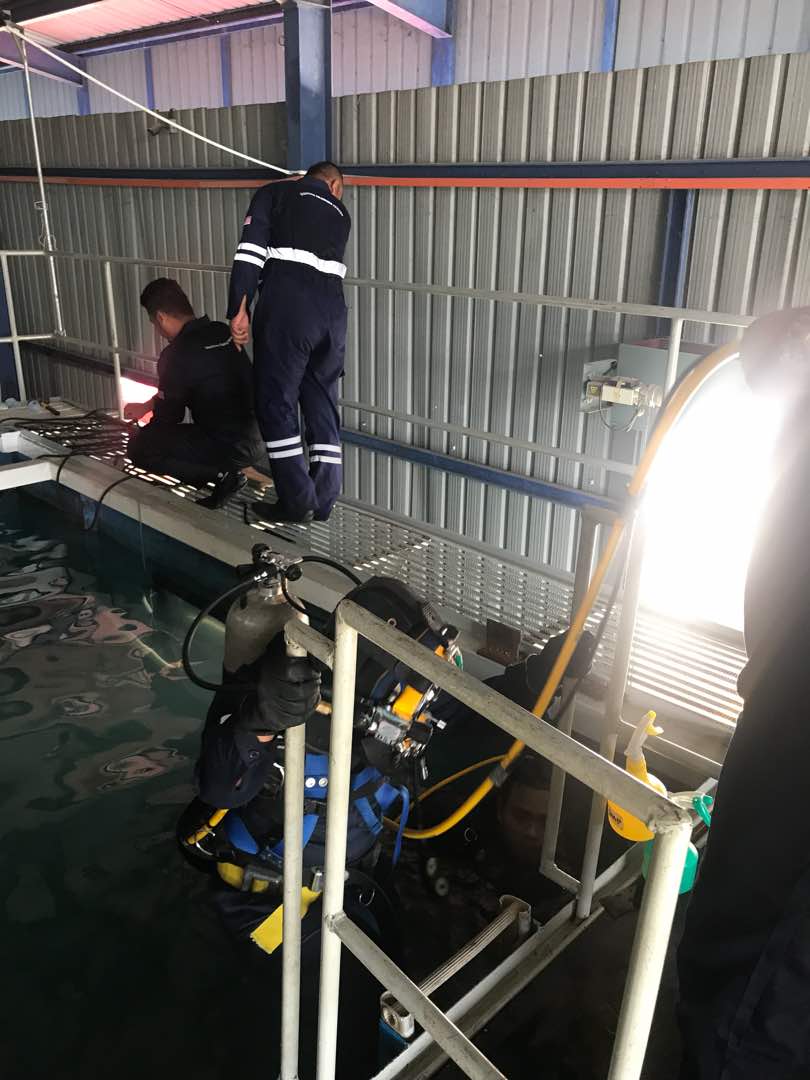


1. INTRODUCTION
The Underwater Welding Programmed is designed to satisfy the need of the Malaysian Oil & Gas Exploration & Production (EP) industry for formally assessed and certified Material Controller as per requirement in the Standard Malaysian Oil & Gas industry Specification. The programmed is specifically tailored
for all the Personnel with or without experience.
The Underwater Welding Training/Assessment & Certification Scheme was established in response to the EP industry, which has identified a need to enhance the skills of Underwater Welding in the industry. The scheme is aimed at improving the quality of workmanship thereby reducing overall costs. The objective of this project is to help the industry design, setup and facilitate implementation of a training/assessment & certification scheme for Underwater Welding Training. The target result is that the industry can look forward with better confidence to higher quality manpower.
2. OBJECTIVES
The objectives of the programmed are:
2.1 To enable all current workers to be certified in accordance to international
qualification.
2.2 To increase the quality and the number of skilled workers in the field of
Commercial Diving Industries under an International Qualification.
2.3 To provide and establish a recognized International Scheme and/or Standard
in Malaysia.
2.4 To increase the competency level of workers personnel (in the field of Welder)
and enabling them to compete actively in the industries locally and globally.
3. SKILL LEVELS
The programmer consists of practical Underwater Welding training which followed with classroom theoretical.
What is the Difference Between Wet Welding and Commercial Diving?
It is common for people to assume that wet welding and commercial diving are the same thing. Well they are two completely different career fields.
An underwater welder concentrates solely on welding tasks (dive plan / mobilization / the job / de-mobilization and the report).
A commercial diver is someone who has the occupational skills and training to handle a broader range of underwater tasks that involve working underwater. Some of these categories include deep sea exploration, hazardous material diving, underwater welding, offshore oil and gas exploration, aquaculture and bridge construction and repair.
What are the Training Requirements?
Complete a commercial diving program. It is not enough to simply learn how to dive. Sport or recreational dive programs do not cover important areas concerning offshore working conditions, diving equipment, or safety considerations.
Complete a welding program. Before you can learn how to perform welding underwater, you must first be capable of welding above ground.
Obtain underwater welding training. Once you have been trained in both commercial diving and welding, you are ready for specialized underwater welding training, which will teach you how to combine your skills, knowledge, and abilities and apply them to the job.
Although the different types of training mentioned above can take place separately in three different steps (i.e., by taking three different programs), it is also possible to find underwater welding training that includes all of the above areas within one comprehensive program.
In addition, different training options exist for different situations. For example, if you are already a certified welder but want to expand your abilities and prepare to specialize in underwater welding, then you can skip the general welding requirements and concentrate solely on commercial diving and underwater welding training. The opposite is also true: If you are already a certified commercial diver, then you can skip that segment of the training and pursue training in welding.
It is also important to note that, separate from training programs, multiple certifications are typically required to work as a professional underwater welder. And, in order to keep your certifications current, ongoing education is often required.
What Can I Expect to Learn?
Once you have successfully completed any necessary prerequisites and enrolled in a program, you can focus on obtaining the specialized skills, theoretical background, and safety knowledge required to get started in this field.
Generally, most programs will include theoretical training related to:
- Underwater welding procedures for both wet and dry welds
- Various structures, including ships, offshore commercial equipment, oil platforms, bridges, pipelines, and more
- Welding and electrode terminology
- Welding conduciveness of various materials and common weld defects
- Safety principles related to proper diving techniques, welding procedures, emergency procedures, and much more
- Information about various environments, including common sea creatures and plants
Once you have a solid base of knowledge, the next part of the curriculum generally involves training in:
- Preparation tasks, including map making, research, and documentation
- Proper usage of diving apparel and equipment
- Proper usage of welding equipment, from sledgehammers to pry bars to electric-powered tools
- Types of welding techniques, such as horizontal, vertical, overhead, t-joint, and line
- Safe preparation of the environment in wet and dry conditions
- Quality control and quality assurance tasks
Some schools have access to real off-site underwater welding environments, while others create onsite replicas of offshore or inland settings.
In addition, since certification is required to pursue employment in the field, most programs will also dedicate a large portion of training to certification preparation.
How Long?
Training length can vary widely and is affected by multiple factors such as education level and length of program. It can also depend on what the school’s prerequisites involve. If commercial diving and general welding are a big part of the curriculum, the program will generally be longer—anywhere from two to five years. On the flip side, a more specialized program that concentrates solely on underwater welding skills can sometimes be completed in as few as three months.



